This unorthodox shoulder program will wake
up your delts to become bigger, stronger, and
healthier than ever.
Shoulders are tricky. One of the most complex and fragile joints in the body, the shoulders are commonly misunderstood and over used all at the same time. Too often, shoulder training revolves around too much volume within a narrow plane of movement. Machine press. Military press. Arnold press. Barbell shrug. This type of repetitive behavior not only leads to injury but to unexcited deltoids that refuse to grow.
“Most of the time, guys like to use shoulder machines, which is nullifying to the nervous system. And as a bodybuilder and hypertrophy athlete, you don’t want your nervous system to be dumb; you want to get as many motor units on the job during those movements,” says strength coach and kinesiologist Brian Richardson, MS, CPL2, NASM-PES, the co-owner of Dynamic Fitness in Temecula, California, where he works with a wide spectrum of amateur and professional athletes. “People get into a workout that is comfortable and they end up doing the same routine. However, throwing a curveball is great for the physique.
” The curveball Richardson refers to is actually a whole inning of curve balls. For one, he mixes up tried-and-true mass-building exercises like the standing military press with moves that place more complicated demands on the shoulder. For instance, the reciprocity shrug is a bilateral exercise in which each side is moving through a different plane. It involves the deltoids as well as the rotator cuff, the postural muscles, and several core muscles with serious aesthetic currency, such as the obliques, intercostals, and serrates.
The workout is organized so that the exercises with the greatest neurological load are performed first, when the central nervous system is still fresh. Using this logic, complex barbell exercises are tackled early in the workout, while fixed-path exercises are performed near the end. “You can do a seated machine press with a beer in one hand and pressing the stack with the other,” Richardson points out. The rep ranges vary widely in this workout. While many people adhere to long-held beliefs in strict rep range paradigms (two to six reps for strength, eight to 12 reps for hypertrophy, 15 to 20 reps for muscular endurance, etc.), Richardson does not. He cites several clients who have added quality size surprisingly quickly through using high reps. There is so much biological overlap between the energy systems, he says, that you only stand to gain from dipping into the lower and higher end of the rep-range pool. The cherry on top of this workout is the circuit-style tri-set finisher. The three relatively simple exercises are performed with light weight but no rest. The accumulation of time under tension calls upon types of muscle fibers you didn’t know you had.
“The guy doing the traditional workout is taking long rests between sets. This tri-set adds a more metabolic angle. When you ventilate harder, you are going to produce more lactic acid and you are going to recruit more muscle,” Richardson says. “The higher pace gives you a bigger bang for the buck and it doesn’t take as long. It’s a great way to get a pump in a short amount of time.”
The Workout
For the first four exercises, perform four sets of each, increasing the weight and decreasing the reps each time. The positive and negative motion of each rep should take two full seconds. Rest for up to two minutes between each exercise. This workout finishes with a tri-set. Perform this in a circuit fashion, moving consecutively from exercise to exercise with zero rest in order to maximize time under tension and recruit as many motor units as possible. Rest for 60 seconds between each full tri-set. Choose a lighter weight than you think you can do. The fast pace and relatively high-rep scheme adds up quickly.
STANDING MILITARY PRESSES
With your feet just wider than your hips and a slight bend in your knees, unrack a loaded Olympic barbell from the J-cups of a power rack and hold it at shoulder level with your scapula pulle
d back and your elbows pointed down. Your head should be in line with your spine. Think about keeping your cheeks aligned with your clavicle. Take a breath and hold it, keeping your torso stiff as you press the weight overhead until your arms are almost straight but not locked or hyperextended. Do not use any leg drive to move the weight. Slowly bring the bar back to the front of your body and then repeat.
REPRIOCITY SHRUG
To perform the exercise, you need a cable machine and a dumbbell. Stand next to a cable machine with the high cable handle in your left hand and a dumbbell in your right hand. The left arm is held at your side, so there is tension on the cable. The load on the cable machine need not be greater than 40 percent of your pressdown max. Keeping the cable side locked down, shrug with the dumbbell by pulling the shoulder straight up (do not roll). Perform all the reps on one side before switching hands.
SCAPTION TO LATERAL RAISE
This is similar to a traditional front or lateral raise, but the long lever makes it more challenging while the scapular plane is a little better for the shoulder. Hold two relatively light dumbbells at your sides while standing with your feet shoulder-width apart and your knees slightly bent. With straight arms, slowly raise the dumbbells toward the ceilings, forming a 45-degree angle from your body. The arms should be midway between a side lateral raise and a front raise. Keep your palms facing in, with your thumbs up. Raise your arms until they’re parallel to the floor and then bring them back to the start.
Take a circular super band and stand on the inside of it with both feet. Get in an overhead press stance with your elbows down and palms up, and the rest of the band running over both palms so your hands and feet are inside the circular band. With your feet pinning the band to the floor, press both hands overhead.
REAR DELT CABLE PULL
Stand in the center and a few feet outside a cable station with the pulleys set to above shoulder height. Grasp the opposite side cable in each hand holding it by the rubber ball that is at the end of the cable or by the carabiner (no handle needed.) Slowly extend your arms outward, keeping the elbows almost straight, until your hands are even with your shoulders. Do not pinch the scapula together during this exercise. The scapula should be in motion during the rep, coming to the end of their range at the same time the elbows reach the end of their range. Your arms should be parallel to the floor at all times. Maintain good posture and constant pressure throughout the rep.
DUMBBELL PISTON PULL
Stand with your feet about shoulder width apart and knees slightly bent. Take a dumbbell in each hand and hold at shoulder level in a natural grip (palms facing you or each other). Alternate pressing each weight overhead in a quick and rhythmic fashion. Bring each dumbbell down to ear level before raising the other side.
ANTERIOR PLATE RAISE
With your feet about shoulder-width apart and a slight bend in your knees, hold a 45-pound plate in front of you with your arms extended and your hands at three o’clock and nine o’clock. Slowly bring the plate up to about eye level. When your arms are parallel to the floor, hold it for a beat and then return to the start.
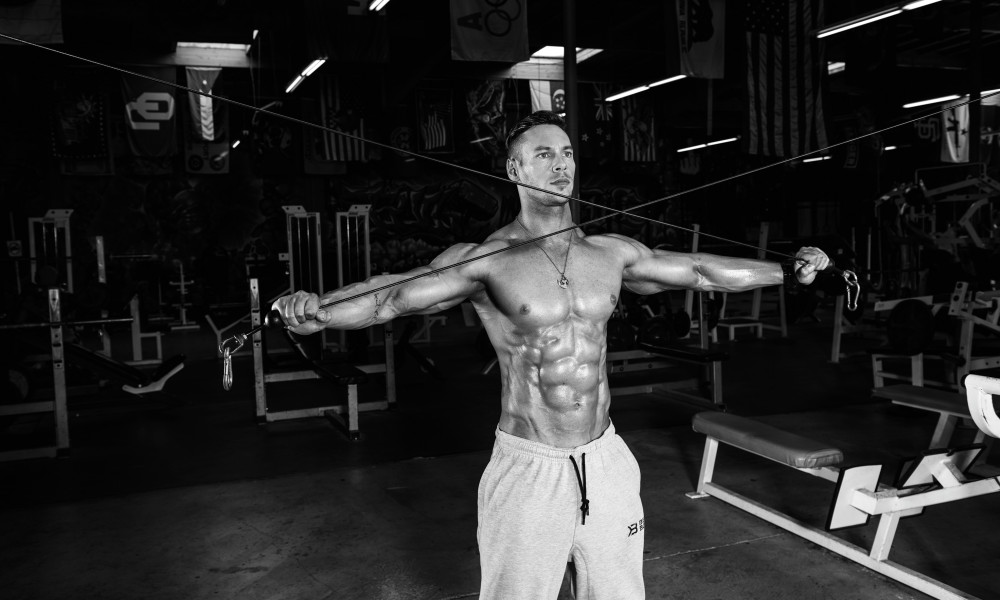

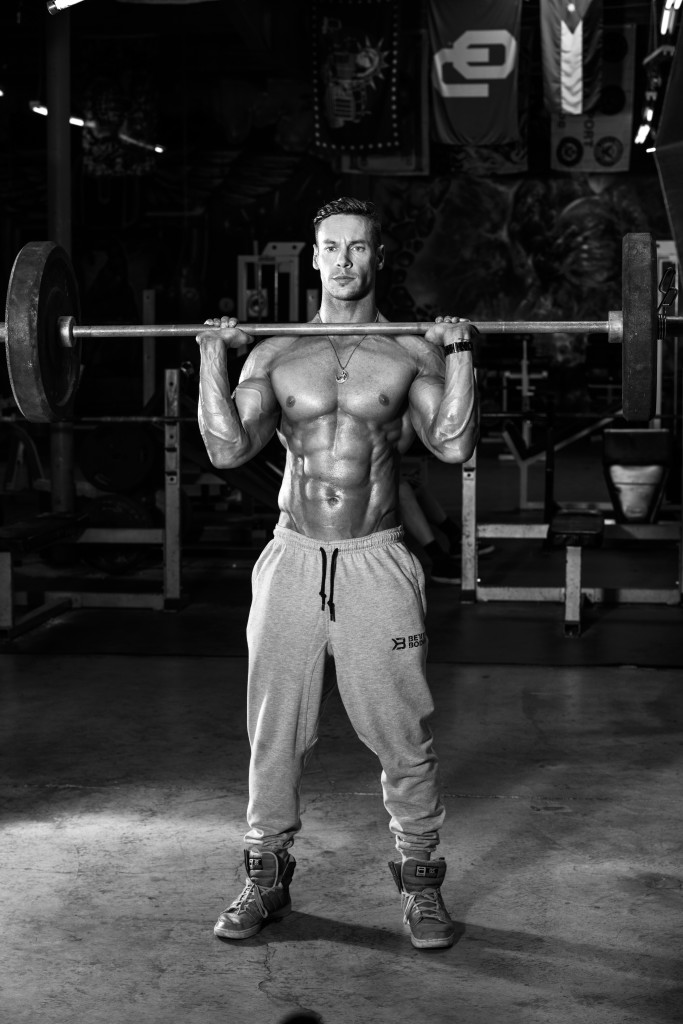
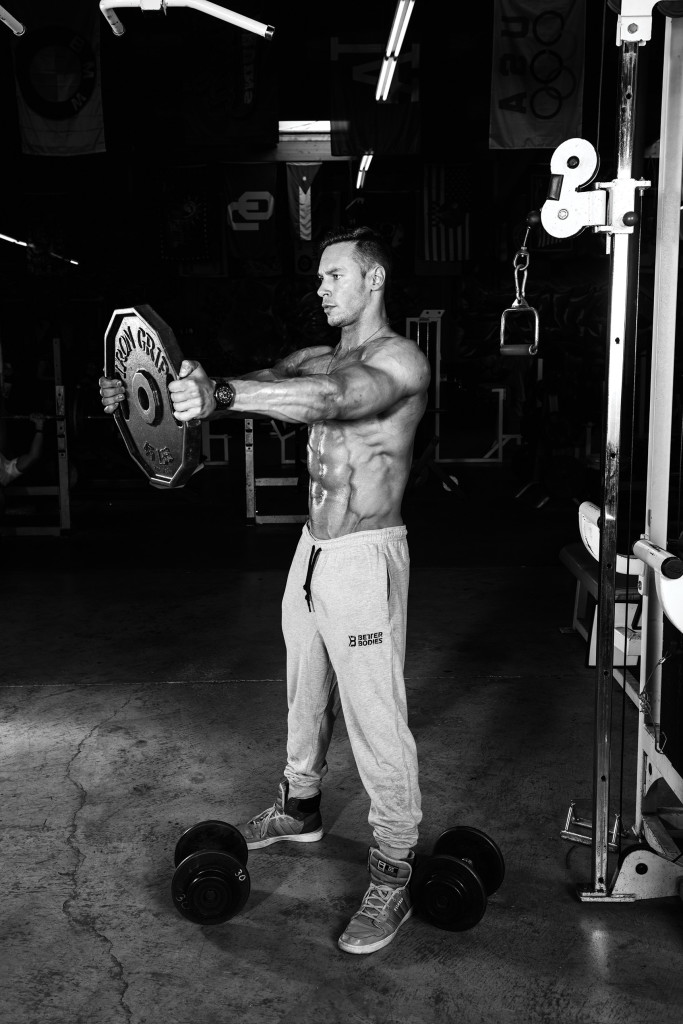







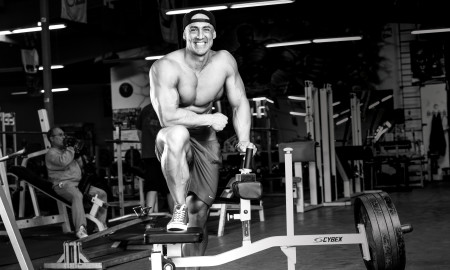
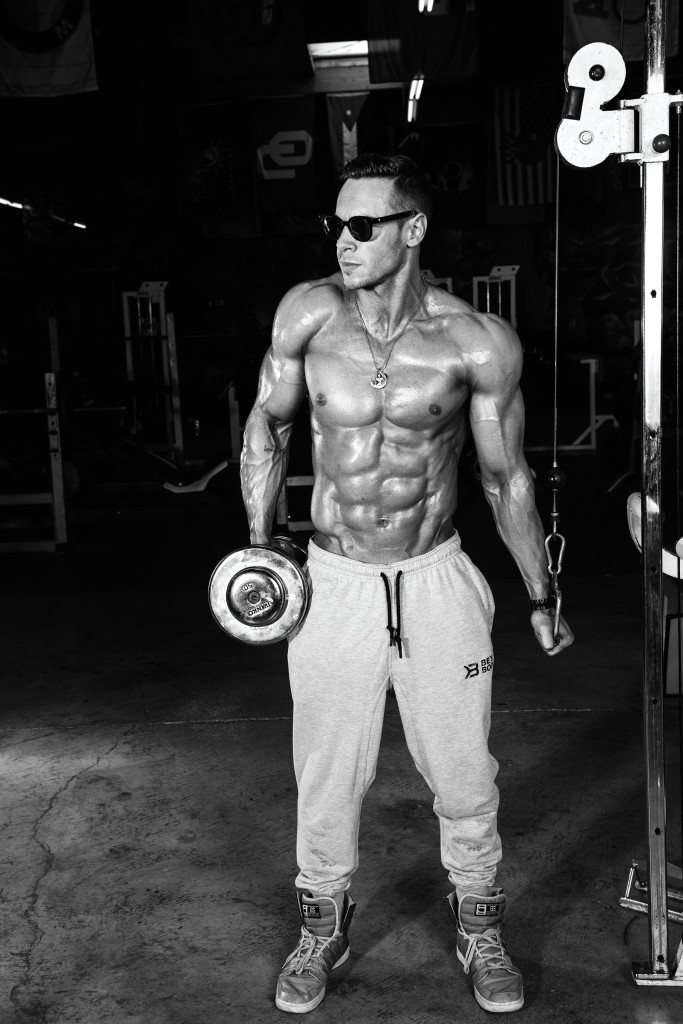
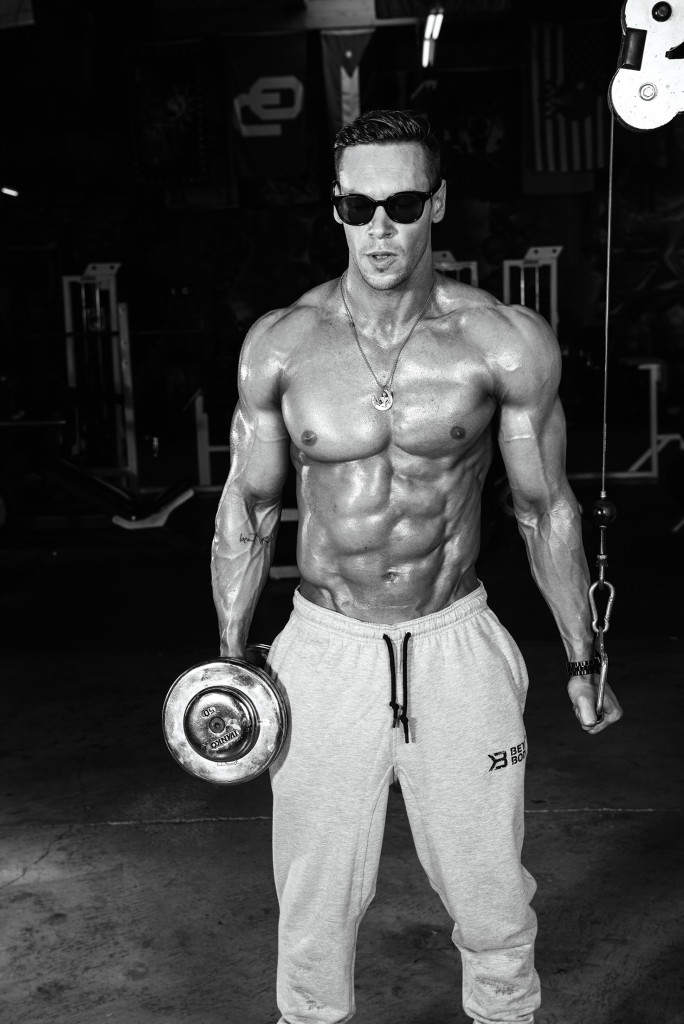
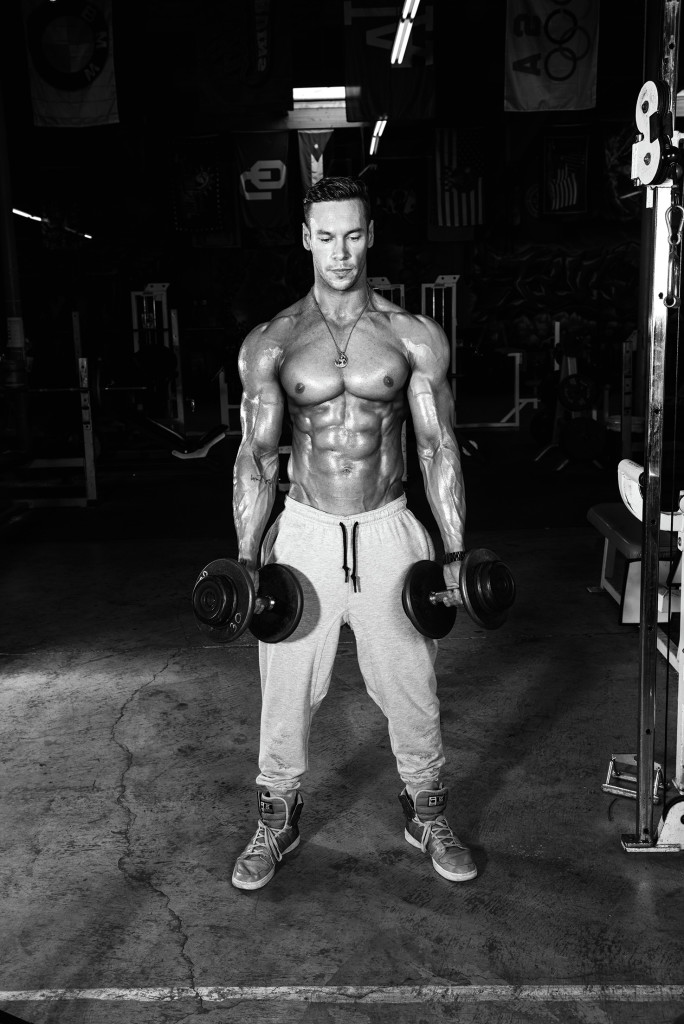
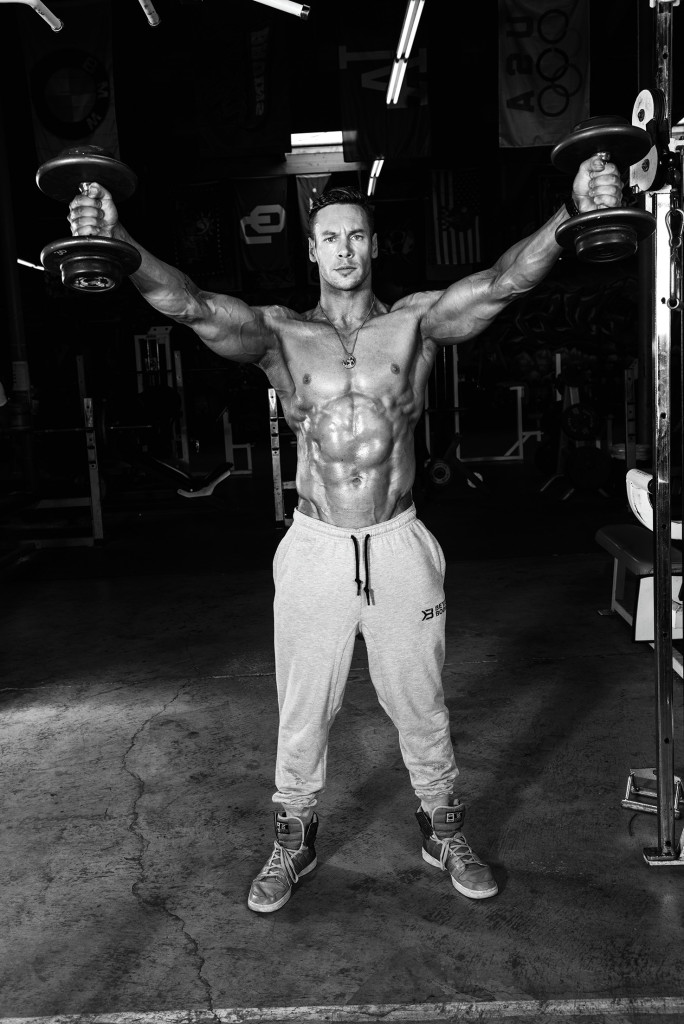
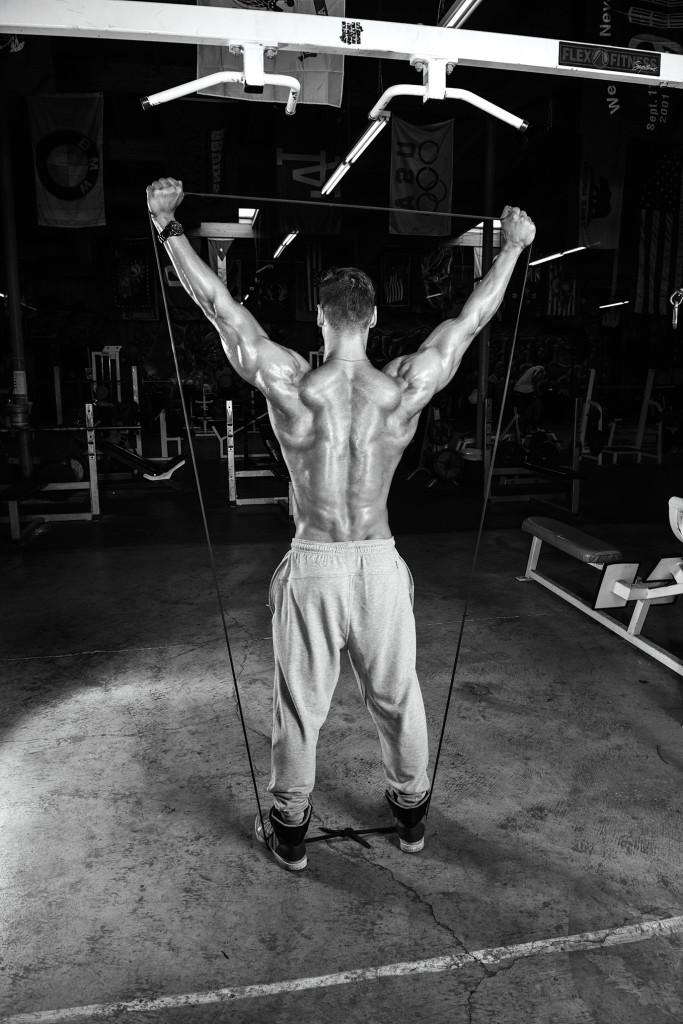
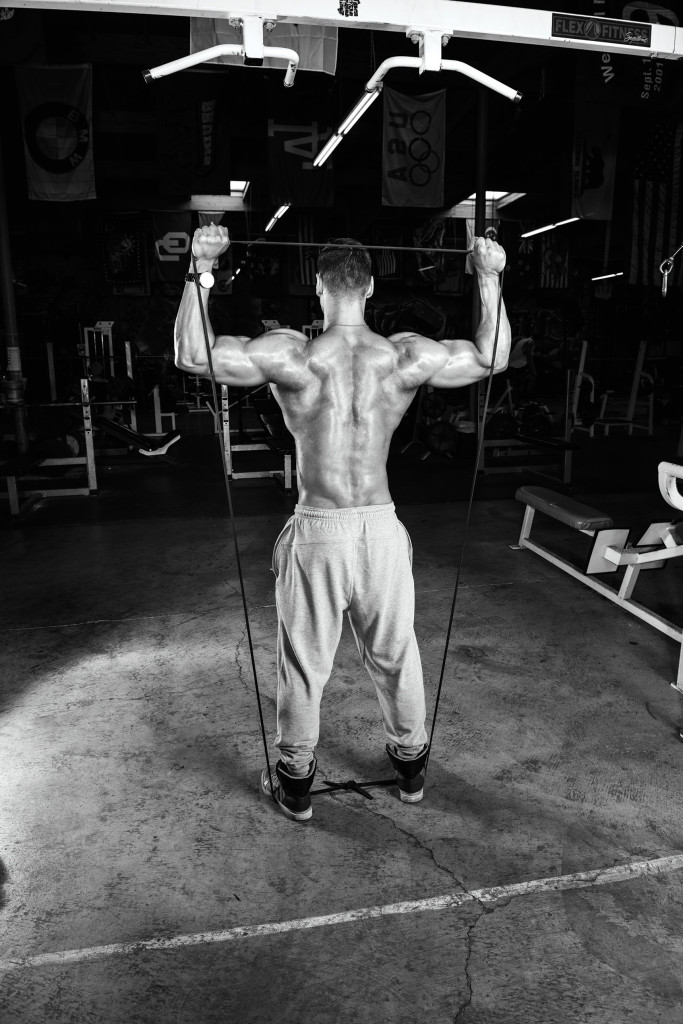
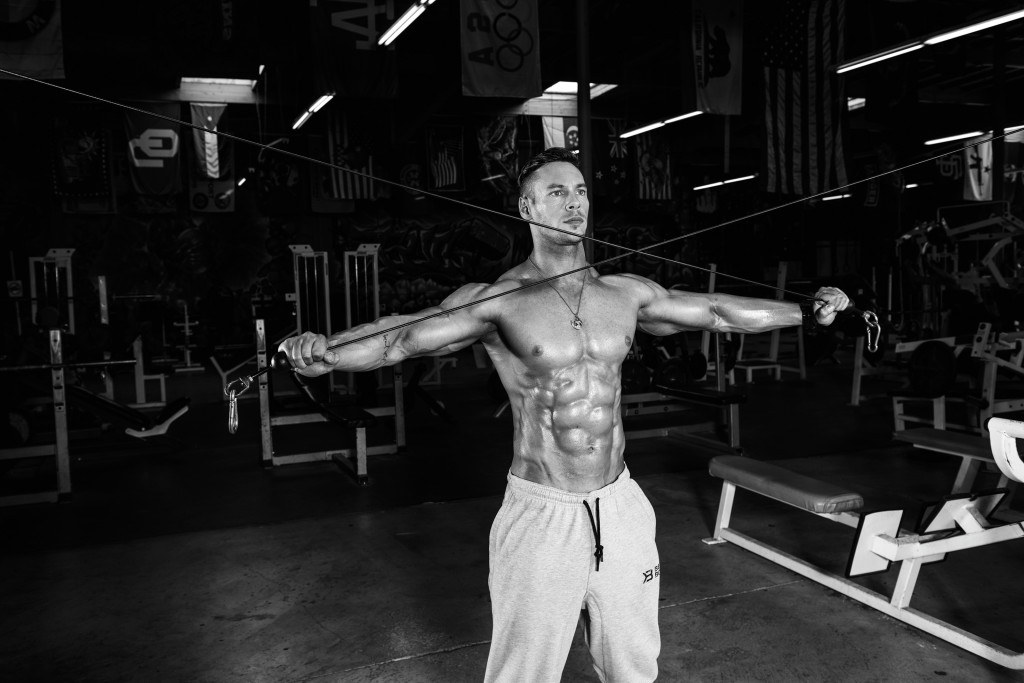
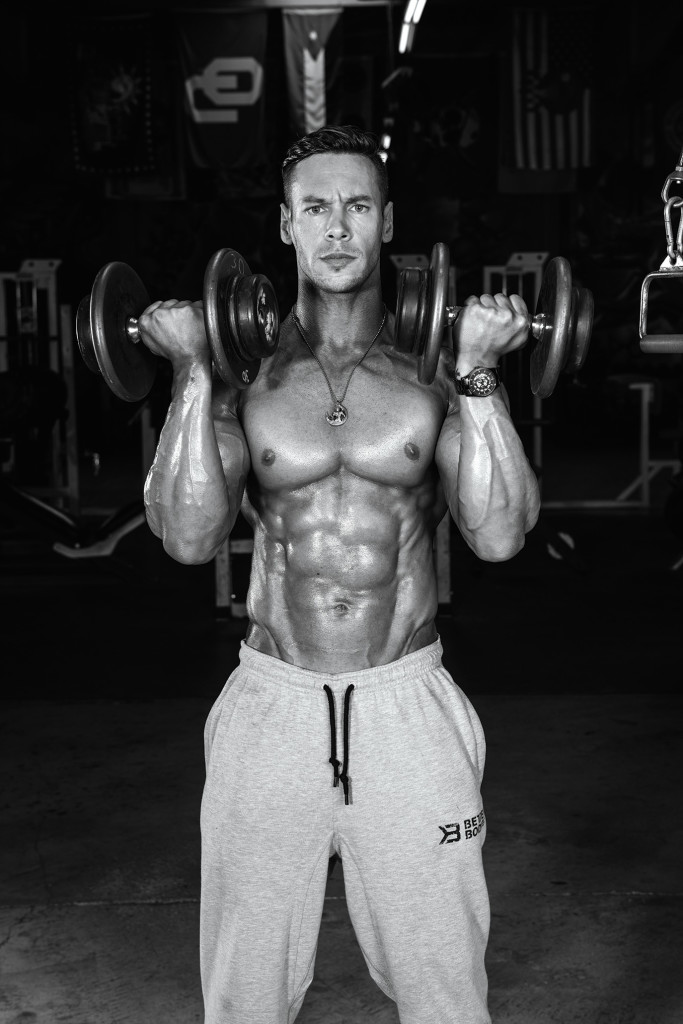
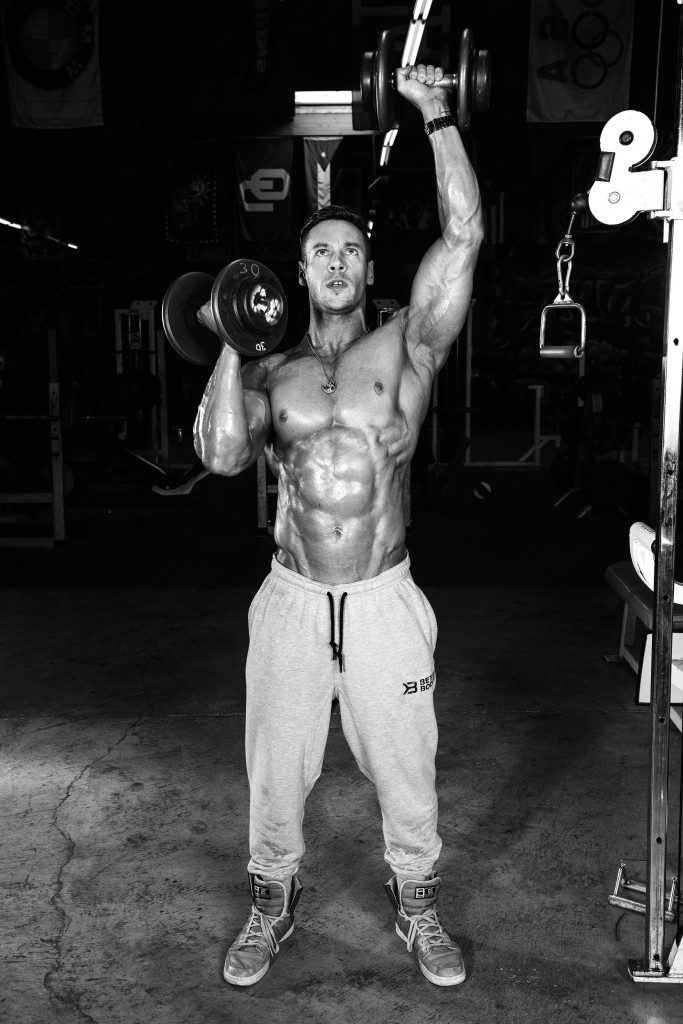














You must be logged in to post a comment Login